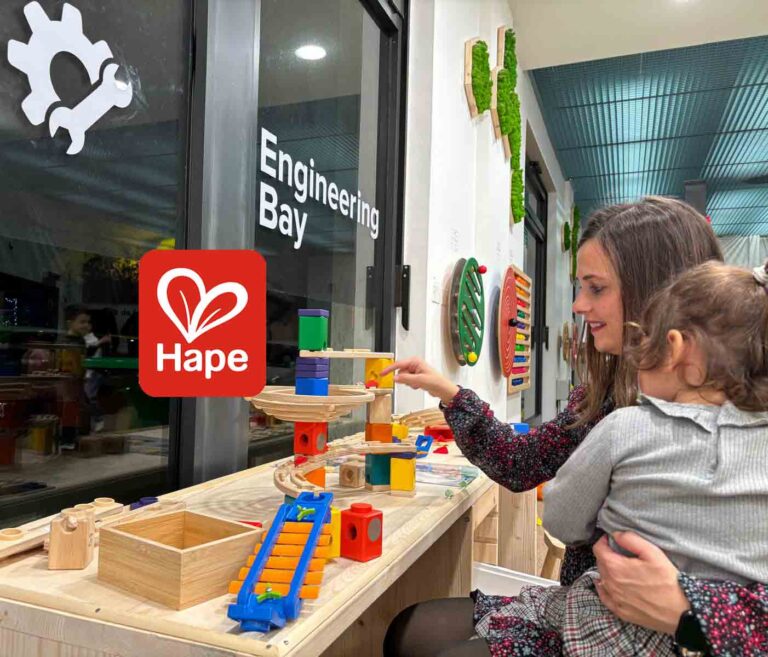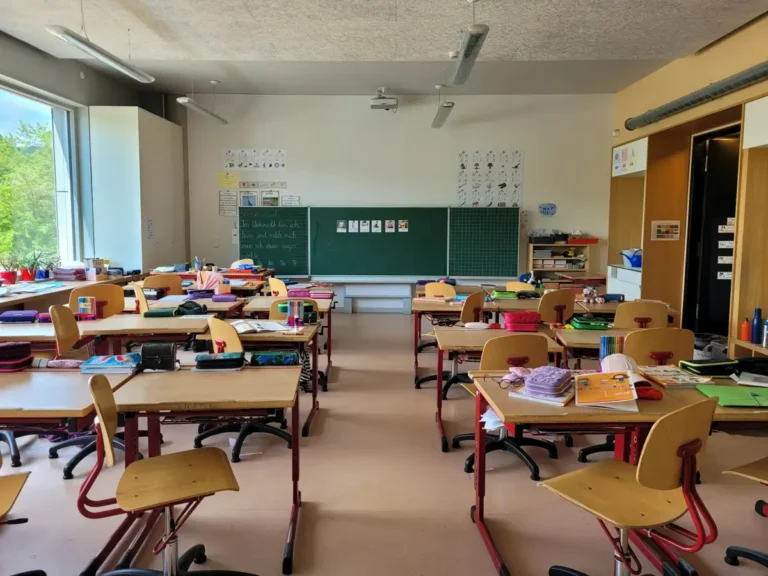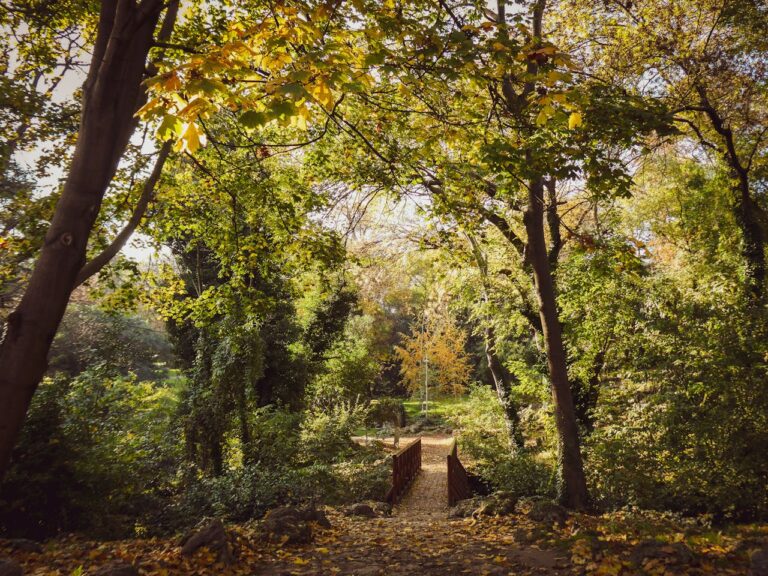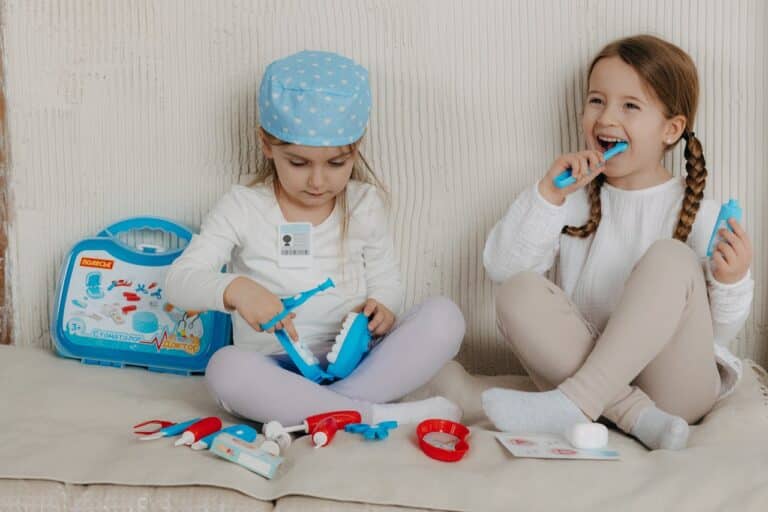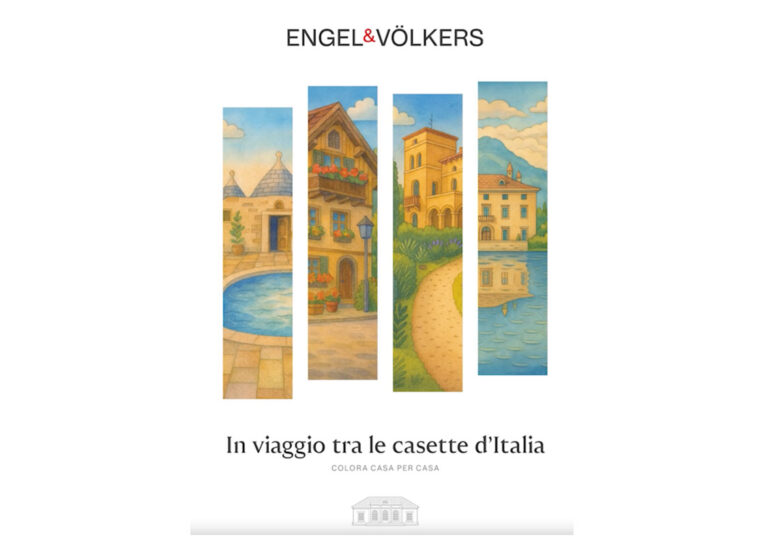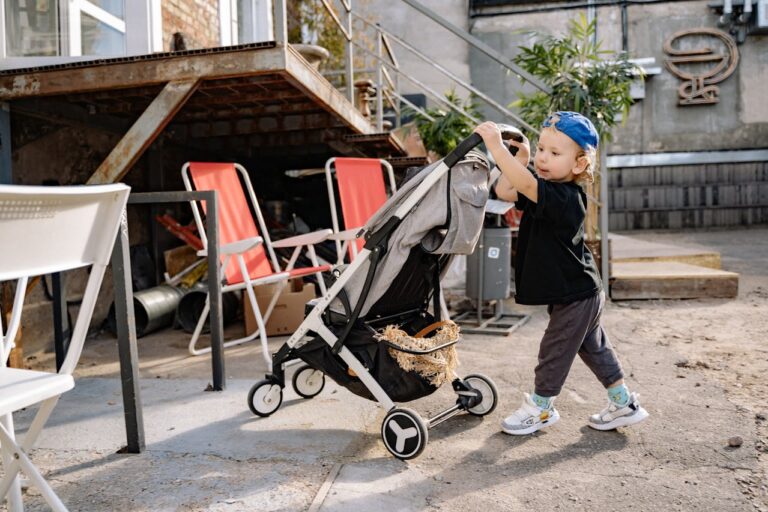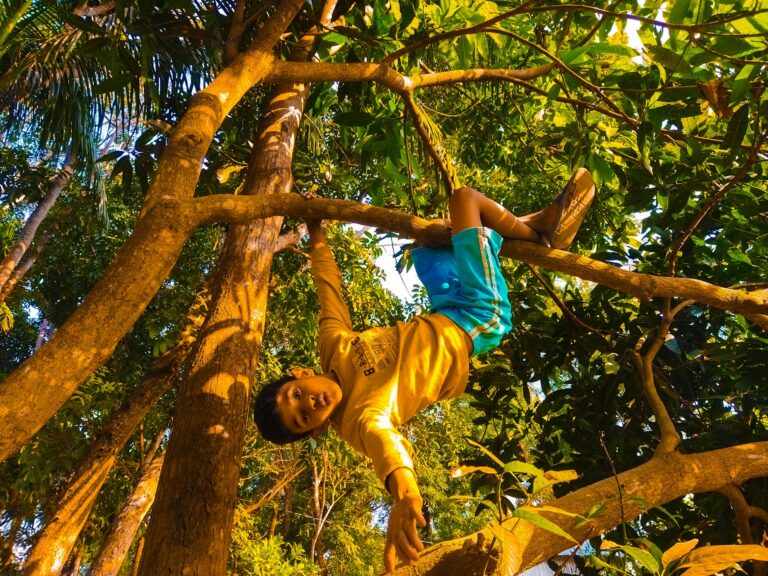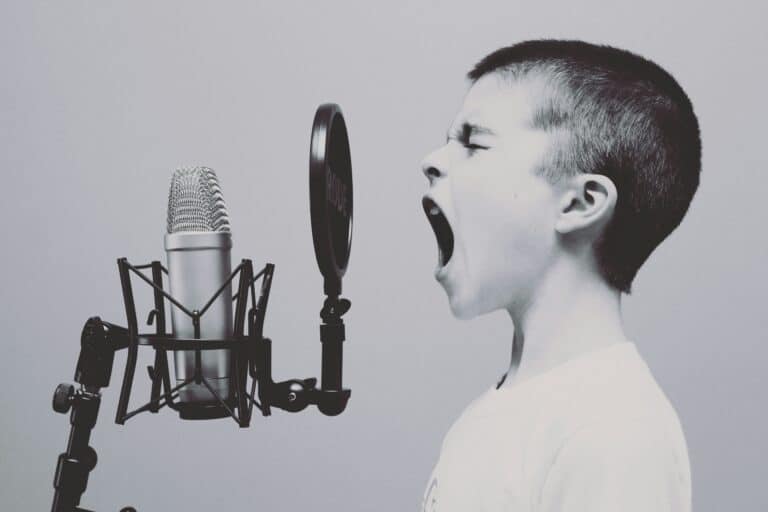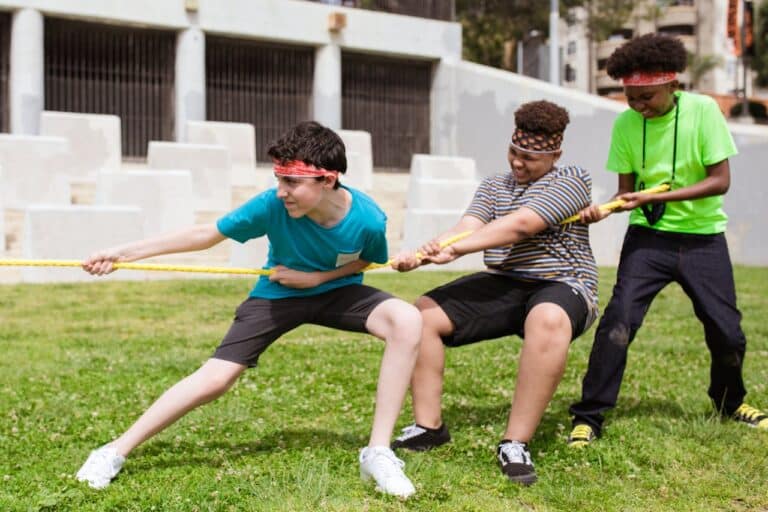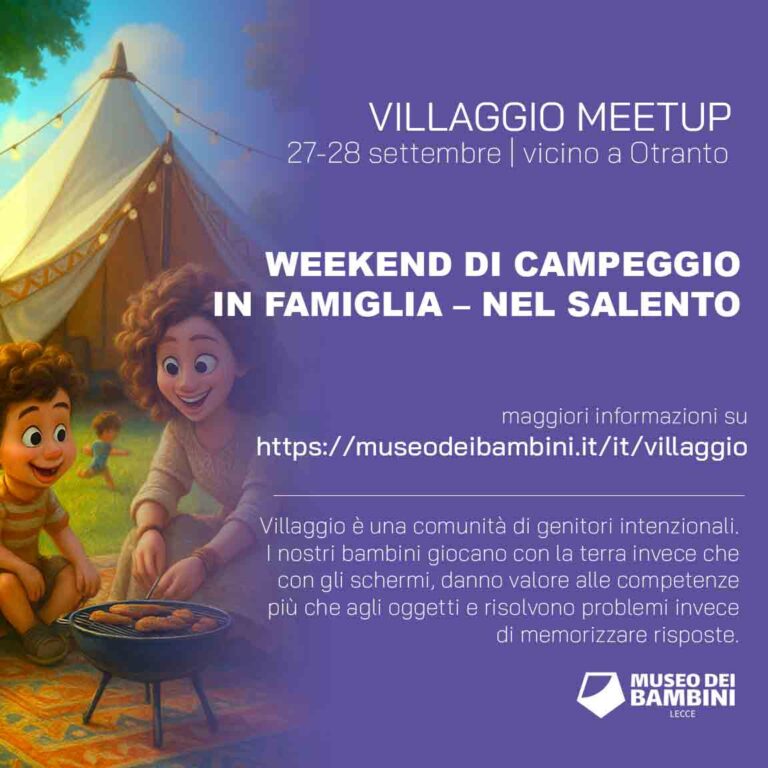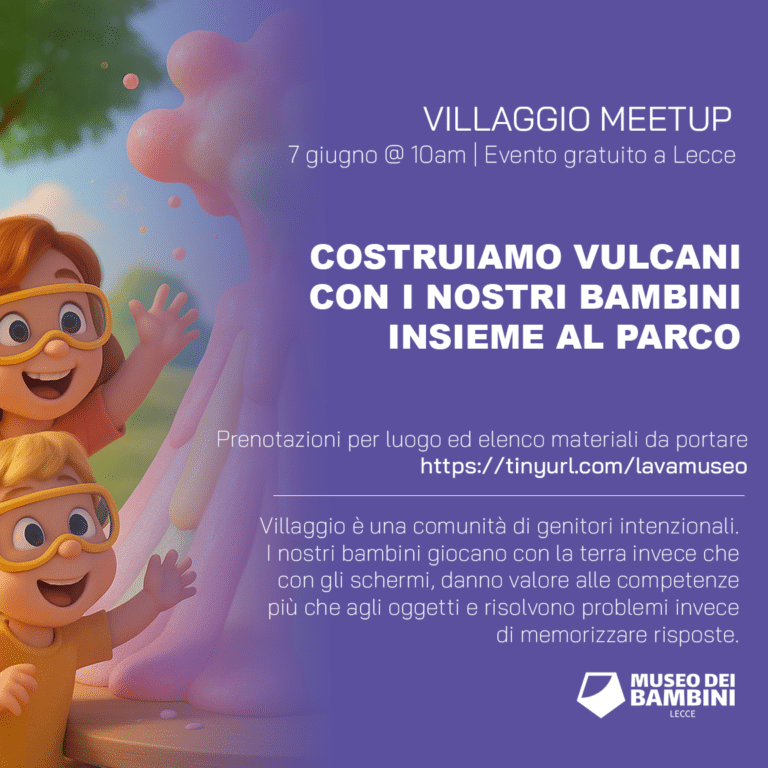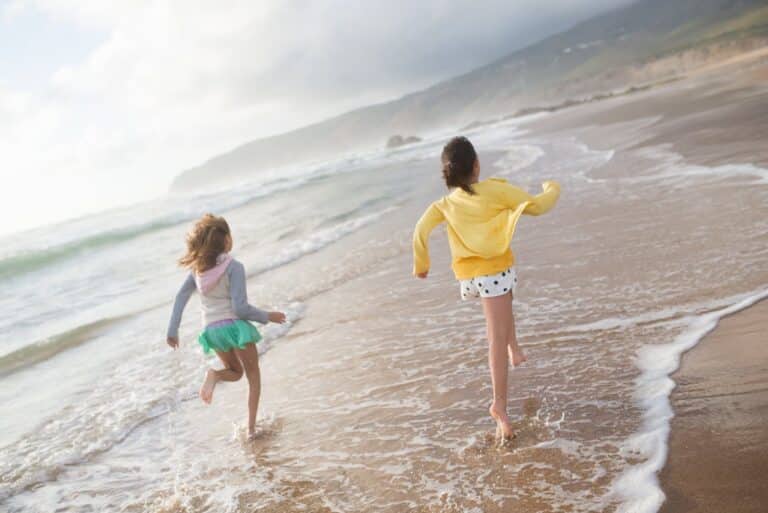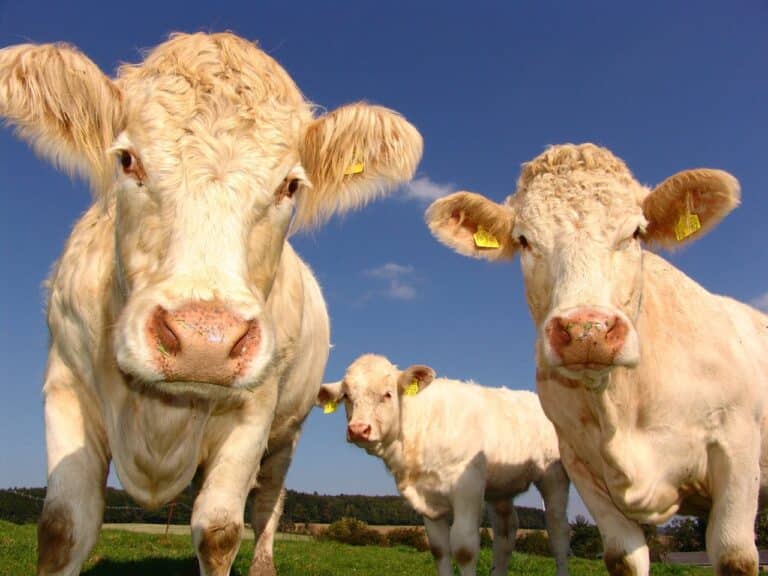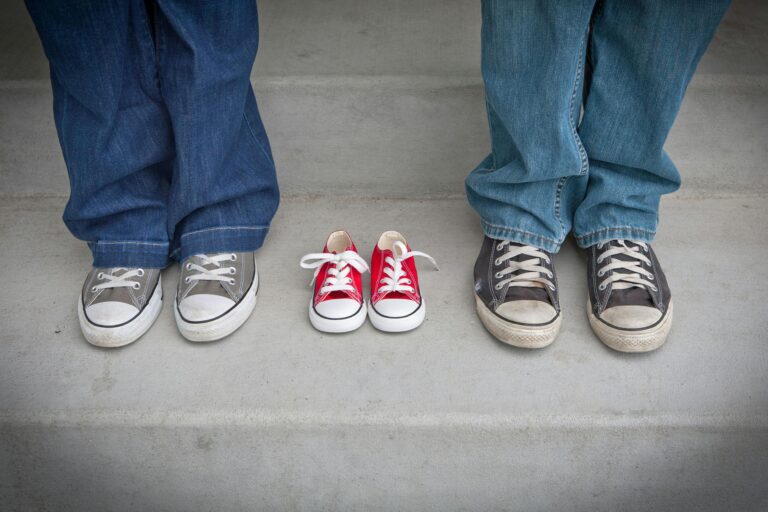
Getting Kids Ready for School Without Nagging: The Japanese Method
The Problem: Your Child Ignores You Until You Yell Every school morning plays out the same way. You ask your child to get dressed, brush their teeth, and find their shoes. You repeat yourself three times, then five, then ten. Nothing happens until you finally raise your voice. Only then do they move. Here’s what’s really happening: you’re accidentally teaching your child that instructions don’t matter until you lose control. Every reminder trains their brain that they don’t need to remember because you’ll always step in. You’ve become their human alarm clock and reminder system, which is why getting kids ready for school never gets easier. Tomorrow morning will look exactly like today. Why Japanese Kids Get Ready for School Independently Japanese parents use a method called shitsuke that completely changes this dynamic. The word means “teaching the body to manage itself,” and it’s why six-year-olds in Tokyo can walk to school alone and manage complex morning routines without any reminders. The difference isn’t magic or genetics. Japanese parents build systems instead of giving commands, and they use four simple steps that can transform your school morning routine in about six weeks. Step 1: Create a Visual Morning Routine Chart

